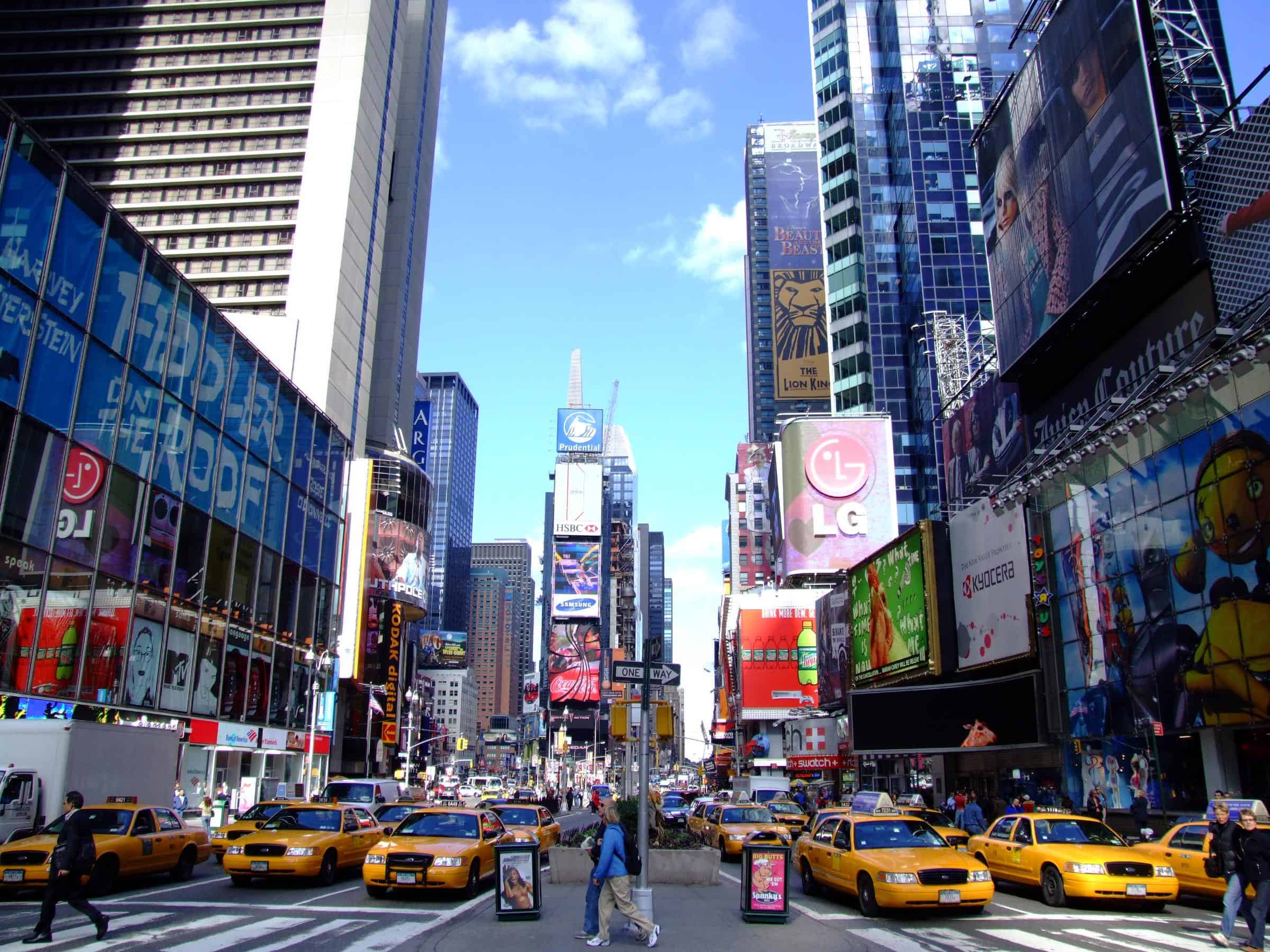
Visiting a city has one consistent downside: cities are big. That's true when you visit Melbourne or Caracas or Montreal - but New York City? It's name has become a stand-in for sheer, unmanageable size, and visitors are often left to wander aimlessly. Despite having seen some meaningful percentage of the city through movies and television, stepping out into the wilds of New York City can feel more than a little aimless. Every direction seems to present a thousand possibilities and a thousand drawbacks, and no matter where they go traveller's almost always end up throwing down more money than they were intending to.
First, think carefully about whether a city-wide pass might suit you. The City Pass for New York, along with the New York Pass, offer an array of pre-paid attractions, discounts, and other incentives. If you plan on hitting as many attractions as possible, a generalized pass can easily pay for itself. Even better, many establishments and events will gives queue preference to pass holders - a little forethought can let you walk casually by a line of thirty grumpy late-comers, and right through the door. Make sure to reserach which of the two major passes offers the most relevant deals for your plans, and consider modifying those plans to get the most out of your money.
Now that you've got a nice structure to work within, a list of good places to hit, you've got to actually get there. Cabbing has been sold as a New York tradition, as typical to a night out as putting on your shoes, but in reality most New Yorkers ride the subway. The City That Never Sleeps has one of the world's most renowned public transport systems, so take advantage of it with daily passes that let you stop worrying about point-to-point costs. Between trains and buses, coverage and speed are very good, especially around the sorts of attractions to which your city pass might lead you. When looking at a map, remember that Fifth Avenue cuts Manhattan in half, and that street numbers rise in both directions from this centre.
So now you've got some pre-paid activities and a ticket to ride, it's time to get out there. Try to strike a balance between being goal-oriented and getting tunnel vision. Allow yourself to wander on occasion, discover the bits of local flavour that might not end up being as interesting to relate for the folks back home, but which will probably stick out more powerfulyl in your mind. Everybody's seen the Statue of Liberty, but fewer know that Ninth Street Espresso offers the best straight coffee in the city. Don't get so focused on the giants that you miss the little people, and vice versa.
If you need orienting, remember that most New York City public parks offer free wifi, along with virtually every chain coffee shop or restaurant, and most of the independents as well. In a city as dense and sprawling as New York, a digital map is a must. It can keep you from missing a traveller's gem, as New York has one of the best-annotated Google Maps profiles in the world.
Finally, make sure that when visiting New York you have at least some working understanding of the differences between neighbourhoods. Places like Harlem have a reputation known around the world, and sometimes it's worth disregarding these ideas (Harlem has some truly incredibly culture) but there is value is having a basic understanding of the differences between Midtown and Soho, between Brooklyn and Little Italy. Doing so will assure you don't waste time in places that don't interest you, and let you see the full array of wonders available in the world's most powerful cultural centre.


